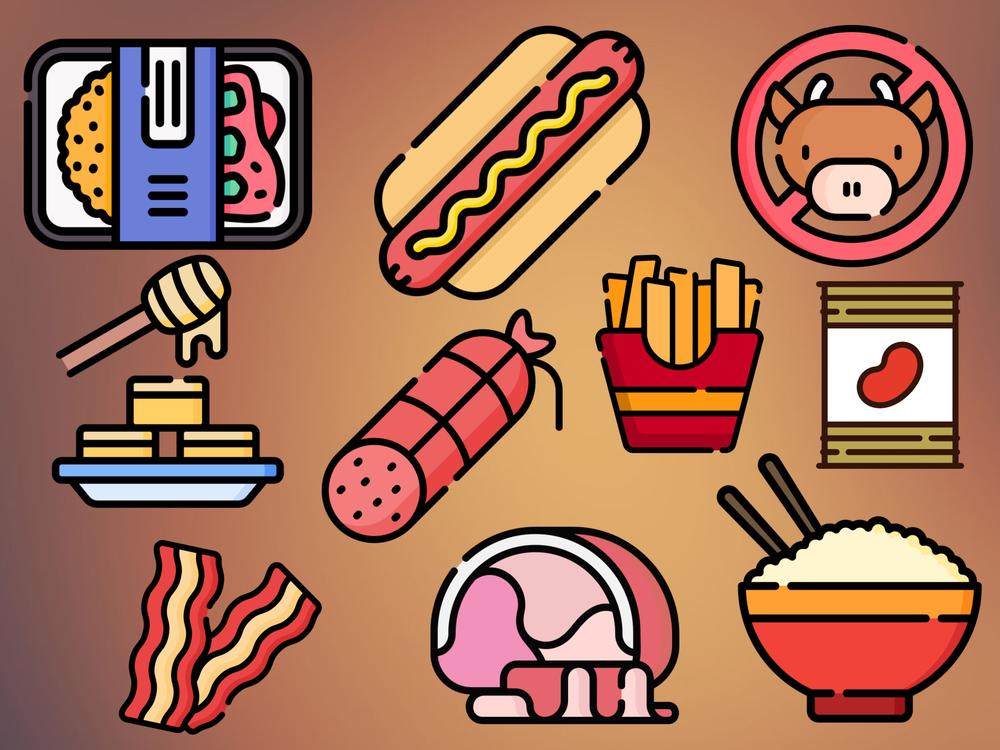
Trap Foods - Meals


Share on:
Note
The following is an excerpt from my post ‘Healthy’ Trap Foods, in which I made a detailed list of foods that I believe to deceptively unhealthy. I’ve broken that list down into easier to digest categories based on what food they are. Linked below are all the individual posts:
- Trap Foods - Breakfast
- Trap Foods - Drinks
- Trap Foods - Fruits & Veggies
- Trap Foods - Grains
- Trap Foods - Meals
- Trap Foods - Savory Sauces
- Trap Foods - Snacks
- Trap Foods - Sweet Spreads
Introduction
I wanted to put together a list of foods that people consider to be healthy, but are really just either a product of good marketing or misinformation. These foods are typically referred to “Trap Foods”, or “Fake Healthy Foods”, as they can lure customers into thinking they’re making better decisions, when in realty these “healthy” alternatives can be just as bad, if not worse.

TLDR (Too Long; Didn't Read)
- Extensively read ingredient labels
- Avoid ultra processed foods, especially ones containing refined sugar, refined grains, and vegetable/seed oils
- Don’t believe marketing claims
- Prioritize nutrient dense whole foods or minimally processed foods

Disclaimer
I’m not saying you should absolutely never eat any of these foods. Moderation is key, and the dose makes the poison. Most of the foods on this list are treats, and should be treated as such, but it’s healthy to enjoy treats every once in a while. Don’t eat them all the time, but don’t forbid yourself from having anything. Find a proper balance.
List of Foods

White Rice
White rice is fairly processed, removing the hull and bran and leaving just the starch. It’s basically the white flour equivalent for rice. With just the starch, white rice is lacking the fiber, vitamins, and minerals of brown rice, which is why it’s often enriched with micronutrients (the same is done with white bread). More starch and less fiber leads to greater insulin spikes, increasing your risk for diabeter and metabilic syndrome. Now I’m not saying that white rice is the most unhealthy thing in the world, far from it; I’m just simply saying there are better options. Instead of white rice, try instead using brown rice, wild rice, quinoa, couscous, or even riced cauliflower or broccoli.
I like have rice on the side with my meals, like with my Classic Rice and Beans or Simple Cauliflower Rice. Rice also works great mixed into dishes, such as Baked Rice and Beans with Vegetables or Lebanese Riced Cauliflower Casserole.
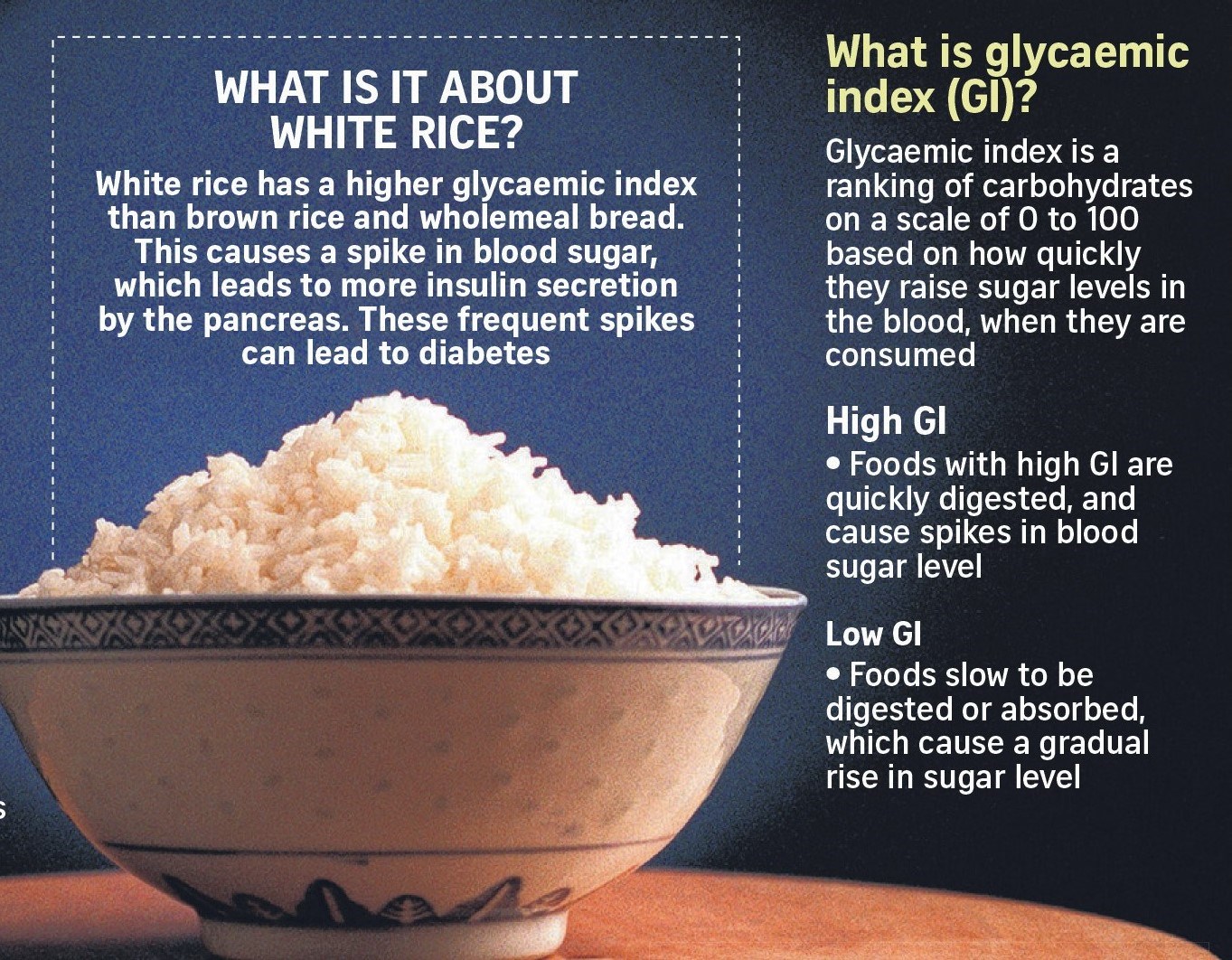
Frozen and Canned Meals
Frozen and canned meals are great for convienence, but that they can very high in sodium, fat, added sugar, calories, and artificial preservatives. I don’t want to keep beating a dead horse; instead, I’ll just leave some links to examples:
- Chicken and Rice Bowl
- Beef Burrito
- Frozen Pizza
- Chicken Nuggets
- Potato Skins
- Egg & Cheese Sandwich
- Chicken Noodle Soup
- New England Clam Chowder
- Mac and Cheese

Processed Meats
Processed meats can be a great convienence food. They’re typically used on a sandwich, but can also work well in eggs, pizza toppings, salad, or even more. Examples include pepperoni, salami, prosciutto, and lunch meats (ham, turkey, chicken, and roast beef), as well as other cured meats like bacon, sausage, hot dogs, and ham.
Unfortunately, these meats tend to be very heavily processed and have high amounts of sodium and saturated fat. Sodium can be up to 400% higher in cold cuts as compared to standard cuts of meat, as well as containing more fat than protein in many cases. Plus, cold cuts are often paired with cheese and bread, which can also be quite sodium dense. Additionally, the curing processes involving nitrates and nitrites to preserve the meats have been linked to colorectal cancer, as well as heart disease and high blood pressure.
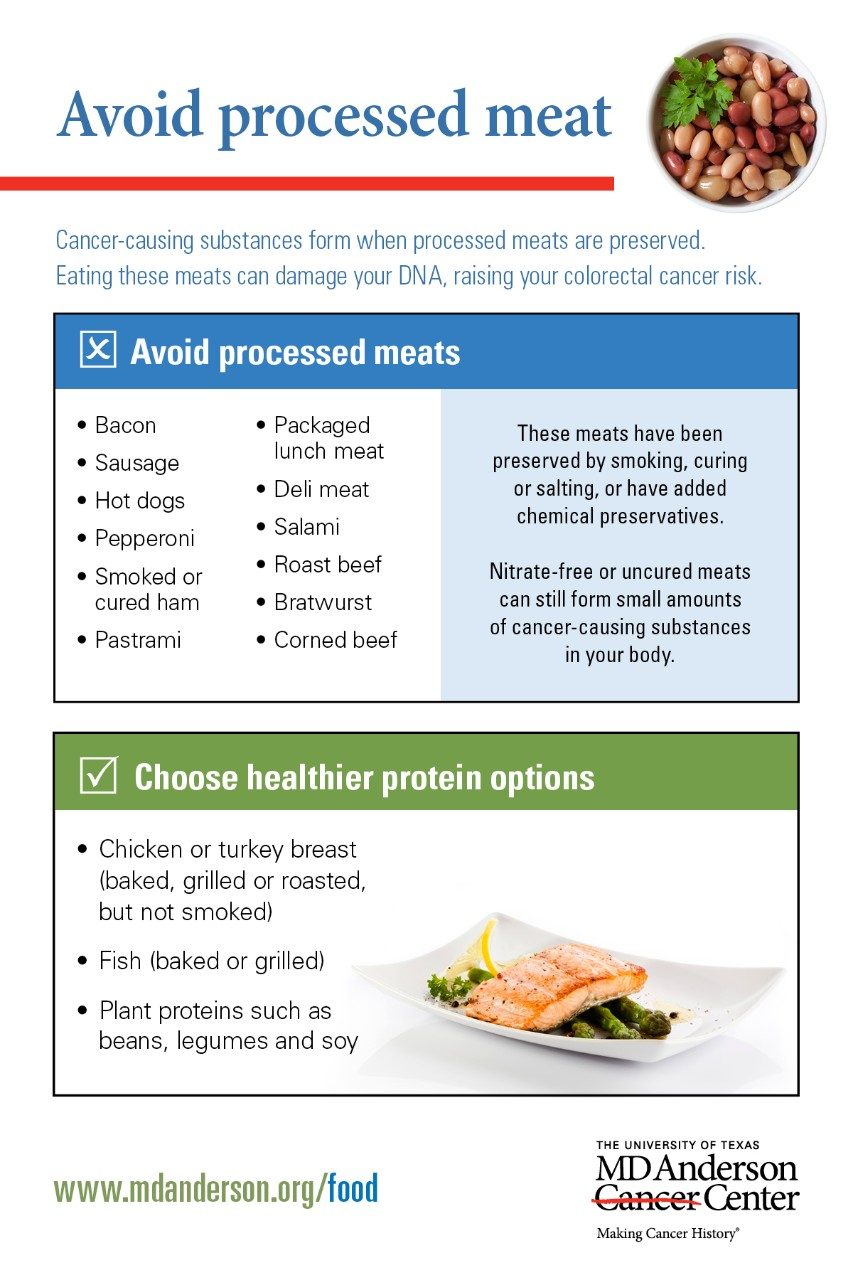
Try grilling, roasting, or shredding your own chicken, or sautee some ground beef or turkey to use instead. Here’s some ideas to get you started:
- Marinated Chicken with Air Fried Plantains
- Italian Breaded Chicken with Brushetta
- BBQ Pulled Chicken and Coleslaw
- Roasted Italian Chicken Breast and Acorn Squash
- Chopped Burger Bowl with Sweet Potatoes
- Tomato Pesto Turkey Pitas
- Sloppy Joe Skillets
- Sauteed Taco Meat and Fajita Veggies
Fake Meat
If you’re vegan, it can be hard to find a meat substitute, both for getting enough protein and for the feeling of being able to replicate meat. However, you don’t want to be a junk food vegan. This means avoiding fake meat replacement products like Impossible Meat, Beyond Burger, Bac’n Pieces, and Chick’n Filets. All are worse for you than regular meat, being ultra-processed and so far removed from what they started as.
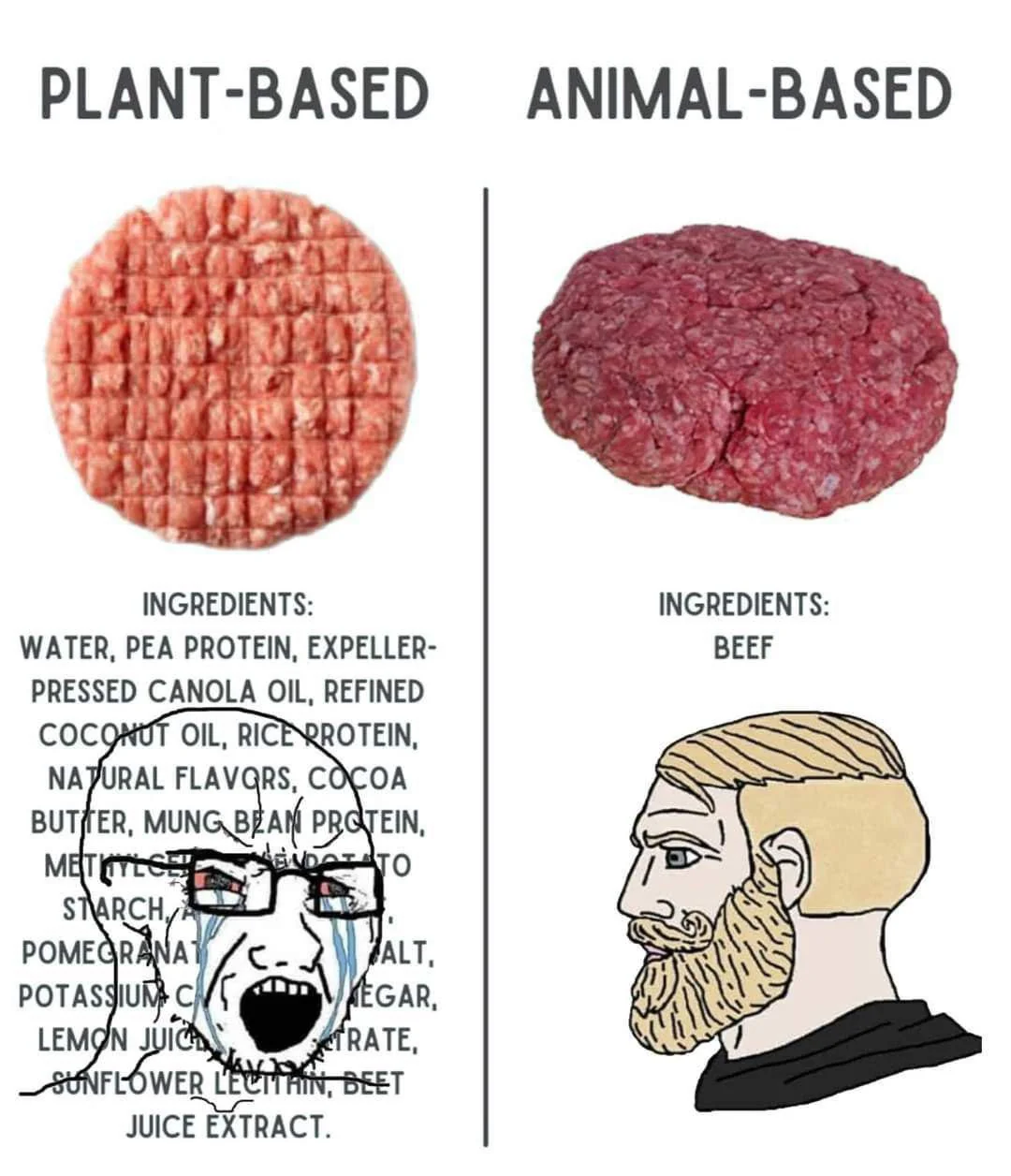
Either eat real meat, or prioritize whole food or minimally processed plant based protein sources, like soy (tofu, tempeh, and edamame), seitan, beans, lentils, and hemp hearts. I actually have a recipe for Ground ‘Meat’ Seitan that you can check out, and use in place of ground beef in tacos, skillets, or chili.
Baked Beans
Beans are a healthy side dish. They’re a good plant based protein, contain a lot of fiber, and can even make you a musician. Baked beans on the other hand, not so much. Canned baked beans are just navy beans covered in a ton of sugar, often containing as many grams of total sugar as protein and fiber combined. With 11 g (nearly a tablespoon) of added sugar per 1/2 cup (130 g) serving, this is really a dessert in disguise on your dinner plate. I prefer my version instead: No Added Sugar Baked Beans. Not to mention that it’s often paired with…
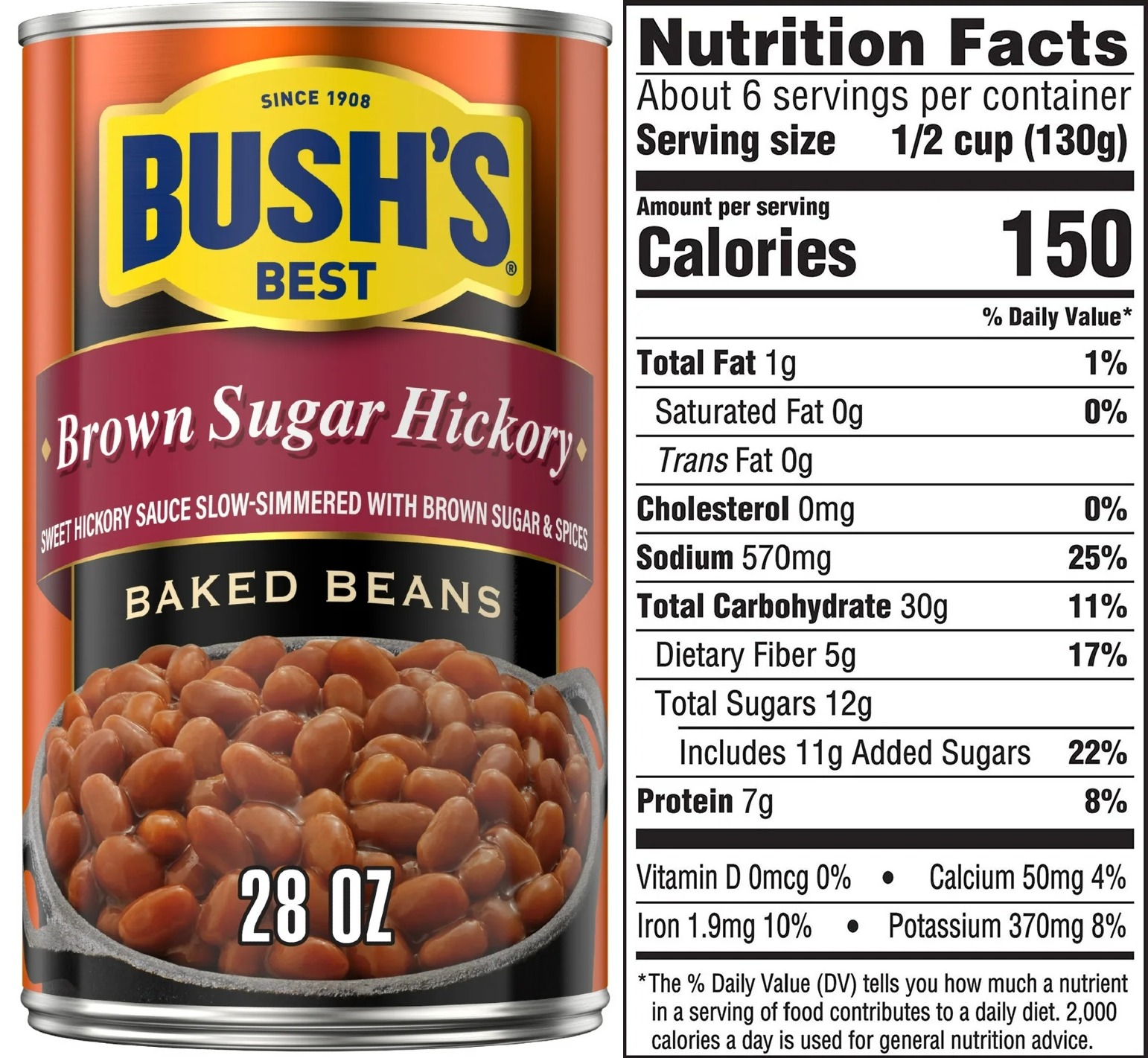
Cornbread
…cornbread. Cornbread is another dessert that somehow weaseled it’s way onto your dinner plate. Just like muffins, banana bread, and baked beans, cornbread is secretly a dessert with good marketing. The one linked above (and shown below) has sugar as it’s first ingredient, closely followed by bleached white flour and seed oil (wait, where’s the cornmeal?). There’s more added sugar, fat, and calories in 1 slice of this cornbread as one of these large chocolate chip cookies!
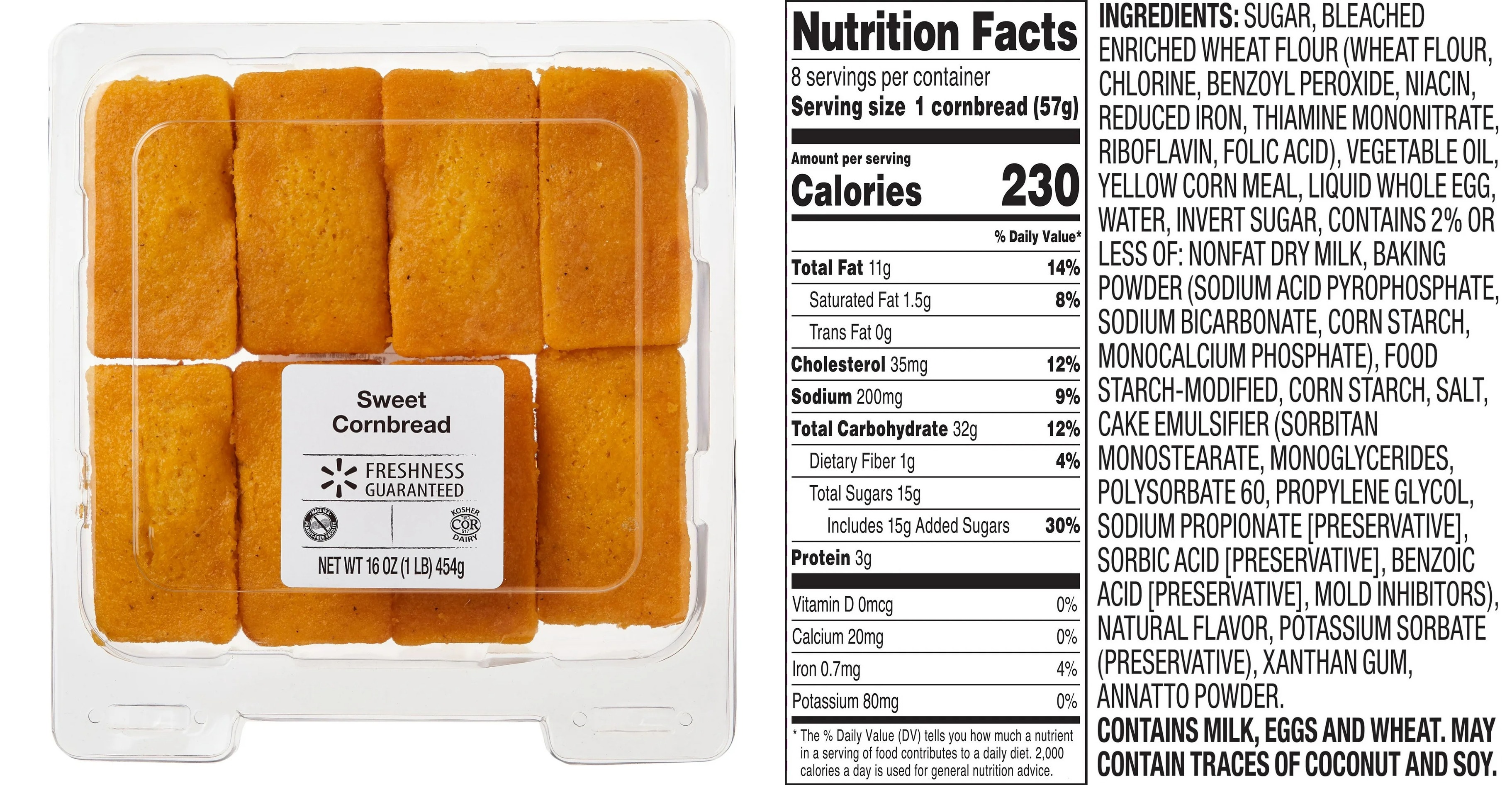
Cornbread or corn muffins can be a fine dessert in moderation, but know what you’re getting when you reach for a slice. If you’re anything like me (if you’re this deep down then congrats, you probably are lol), you should enjoy my Cheesy Protein Cornbread, which is much higher in protein, lower in fat and carbs, and free of any added sugars or artificial sweeteners.
Potatoes
Finally, at long last, we’ve reached the end. I bet you’re asking: why are potatoes, a nutritious whole food, on this list? It’s true that potatoes are a great starchy vegetable, where 1 medium baked potato with the skin (173 g) contains:
- Calories: 161
- Fat: 0.2 g
- Protein: 4.3 g
- Carbs: 36.6 g
- Fiber: 3.8 g
- Vitamin C: 28% of DV (daily value)
- Vitamin B6: 27% of DV
- Potassium: 26% of DV
- Manganese: 19% of DV
- Magnesium: 12% of DV
- Phosphorus: 12% of DV
- Vitamin B3: 12% of DV
- Vitamin B9: 12% of DV
Sweet potatoes are even healthier (and taste better imo), where 1 cup (200 g) of baked sweet potato with skins contains:
- Calories: 180
- Fat: 0.3 g
- Protein: 4 g
- Carbs: 41 g
- Fiber: 6.6 g
- Vitamin A: 213% of DV
- Vitamin C: 44% of DV
- Manganese: 42% of DV
- Copper: 36% of DV
- Vitamin B5: 35% of DV
- Vitamin B6: 34% of DV
- Potassium: 20% of DV
- Vitamin B5: 19% of DV

Both potatoes and sweet potatoes are highly nutritious foods. Sweet potatoes are my preferred carb side to a meal as opposed to pasta, rice, or bread, such as in the following recipes:
- Chopped Burger Bowl with Sweet Potatoes
- Sweet Potato Home Fries
- Baked Sweet Potato
- Spiced Sweet Potato Fries
- Indian Chicken and Sweet Potatoes
- Mediterranean Sweet Potato Salad
- Roasted Pork Tenderloin & Veggies
- Stewed Chicken Cacciatore
- Korean Chicken and Broccoli

Potatoes are on this list because of what’s been done to them, not because what they are. While a baked potato or simply sauteed or roasted cubes are certainly healthy, potatoes are more often than not turned into junk food:
- French fries
- Mashed potatoes
- Hashbrowns
- Tater tots
- Home fries
- Twice baked potatoes
- Scalloped potatoes
- Loaded potato skins
- Potato salad
- Potato chips
- Potato rolls
- Gnocchi
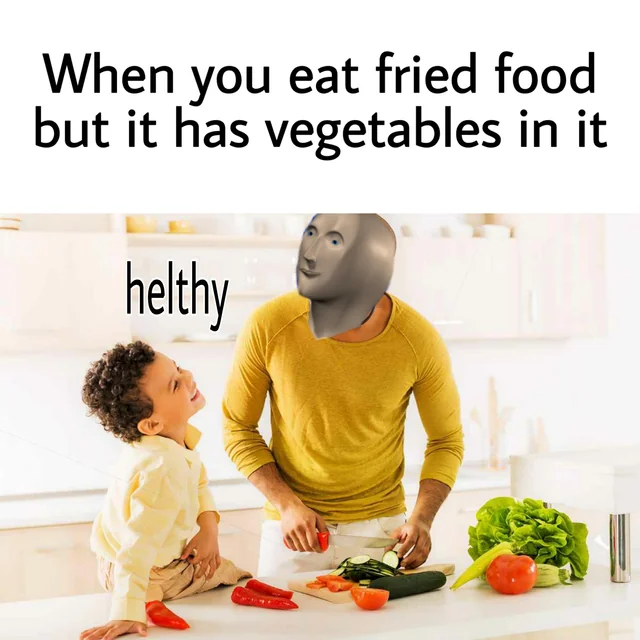
Most of these foods contain extremely high amounts of oil, butter, cheese, or mayo, or they are deep fried (or both). No one thinks that potato chips or French fries are healthy just because they come from potatoes. While all of these dishes can me made in ways that won’t clog your arteries, it’s best to be mindful about what you’re eating, as the calories for all of these can very quickly add up.
Sources
- 10 ‘Healthy’ Foods That Are Worse Than You Think
- Yogurt to salad dressing: Top 10 trap foods and how to avoid them
- What foods are commonly mistaken as healthy?
- 68 ‘Healthy’ Foods That Are Terrible for You
- Fake Healthy Foods: 6 Foods We Think are Healthy
- 9 Health Benefits of Eating Oats and Oatmeal
- 8 Health Benefits of Nuts
- Added Sugars
- The truth about juice
- What does caffeine do to your body?
- Every Starbucks Coffee Drink - Ranked by Sugar Content
- 5 Ways That Drinking Milk Can Improve Your Health
- Does microwave popcorn cause cancer?
- Here are 17 Snacks You Never Knew Were Vegan
- Is White Rice Healthy or Bad for You?
- 5 of the Healthiest Florus for Every Purpose
- Whole Wheat vs. White Flour
- Irish Supreme Court Rules That Subway Bread Has Too Much Sugar to Count as Actual Bread
- 7 Proven Health Benefits of Dark Chocolate
- Dark chocolate health benefits? The good and the bad to this sweet treat
- What are flavanols?
- 8 ‘Healthy’ Sugars and Sweeteners That May Be Harmful
- Habitual Fructose Intake Relates to Insulin Sensitivity and Fatty Liver Index in Recent-Onset Type 2 Diabetes Patients and Individuals without Diabetes
- Coconut Sugar: A Healthy Sugar Alternative or a Big, Fat Lie?
- 6 Reasons Why High-Fructose Corn Syrup Is Bad for You
- Low Dose of Sucralose Alter Gut Microbiome in Mice
- What Are Sugar Alcohols, and Are They a Healthy Sugar Swap?
- Everything You Need to Know About Stevia
- Monk Fruit Sweeteners: Good or Bad?
- Is Allulose a Healthy Sweetener?
- Sucralose (Splenda): Good or Bad?
- 12 Low-Fat Snacks That Are Actually Unhealthy
- 10 ‘Low Fat’ Foods That Are Low In Nutrients
- Seed Oils: Are They Actually Toxic?
- Are Vegetable and Seed Oils Bad for Your Health?
- Margarine or Butter: The Heart-Healthiest Spreads
- Trans fat is double trouble for heart health
- Are Cold Cuts Healthy? Here’s What a Dietitian Has to Say
- Processed meat and cancer: What you need to know
- Sodium Levels of Processed Meat in Australia: Supermarket Survey Data from 2010 to 2017
- The 18 Best Protein Sources for Vegans and Vegetarians
- 7 Health and Nutrition Benefits of Potatoes
- 6 Surprising Health Benefits of Sweet Potatoes
 Poor Man Protein
Poor Man Protein